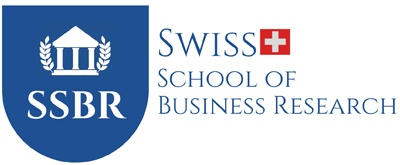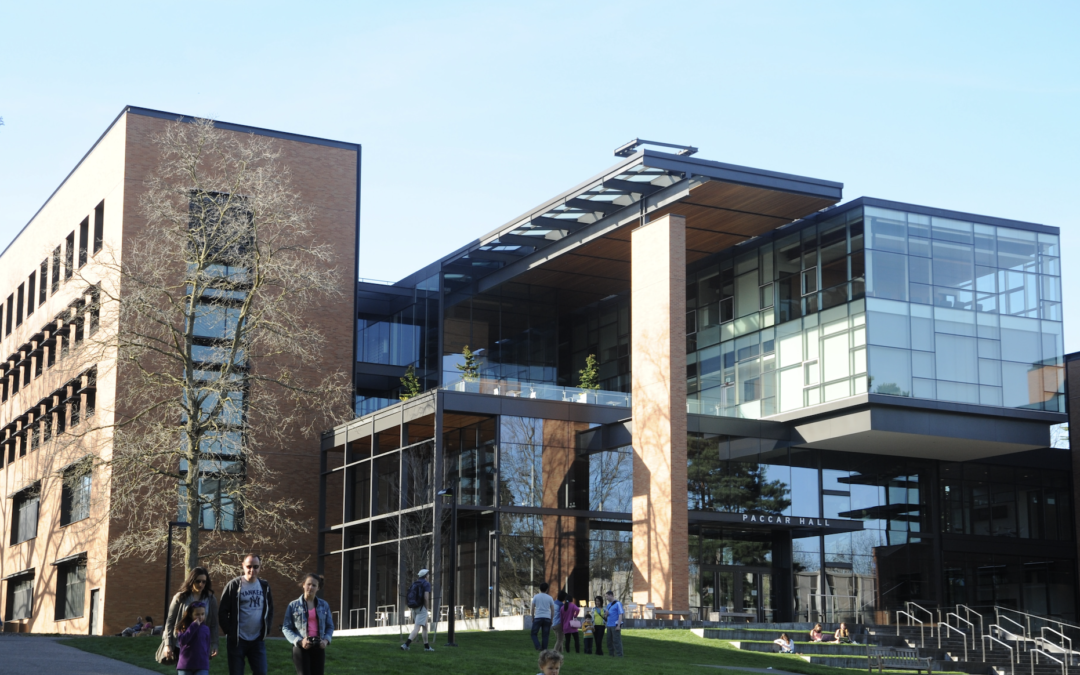The times they are a-changing, as the famous song goes! And to understand that change, we need to understand a little history…
Right from the start of the industrial age, university education was very much the playground of elite offspring. Universities with storied histories, gorgeous sprawling campuses and illustrious faculty (often graduates of those very same campuses), prospered. The fact that there were only a handful of such institutions; they were exclusive and were responsible for producing the entirety of a country’s political ruling class, made them extremely desirable.
Then came the 70s and the baby boomers, building a prosperous and growing middle class obsessed with upward mobility. Ivy League education was the ‘must-have’ for their children. Between 1970 and 2013, higher education outgrew GDP by a factor of 2 – 1. Long considered essential in the STEM disciplines, post-graduate education was to become the default setting for law, business studies – even liberal arts. The idea of creating meritocratic armies of trained professionals marching in step with technological progress was irresistible.
The opening up of markets globally in the 90’s added more fuel to this fire. Descendants of the well-off in Asia, East Europe and Africa, struggling to access similar standards of education in their own countries, began eyeing the elite universities of Britain, Australia, Canada and the United States in large numbers.
The internationalizing of for-profit higher education began, with overseas students often being charged double or even triple the fees paid by local students. Curriculums were based on state education standards and were deliberately bland, one-size-fit-all to accommodate the large and diverse crowds attending lectures. A master’s in business administration became the generalist baseline for employment in any fast growing commercial firm.
Unfortunately, costs just kept escalating, not just in terms of fees, but in terms of relocation, rents, transport and other lifestyle choices. And the increased policing of an unruly campus. Meanwhile technology was leapfrogging ahead at a rapid pace. The Internet was exploding outwards and students were beginning to find most of what they were being taught in classrooms – online. Which made them question why they had to pay in six figures for their degrees. Employers in turn were beginning to question the validity of hiring business graduates to their increasingly more sophisticated workplaces if they had to be trained or re-skilled to do the job they were initially hired to do.
By the time the pandemic rolled around in 2019, disenchantment had already begun to set in. KPMG said in a report on the UK that it was “estimated that one-fifth of degrees are not worth the money in terms of future earnings; these students would have been financially better off if they had not gone to university. In a 2020 survey on attitudes to higher education conducted in 11 jurisdictions revealed that 61 percent of respondents said a degree is less valuable than 10 years ago. In the UK, only 44 percent thought that the benefits of going to university outweighed the expense, although the 11-country average was 56 percent.”
The result was what the World Bank, UNICEF and UNESCO said in 2022 was the “worst education crisis on record”, brought on by excessive costs, falling enrollments, the birth of virtual classrooms, and the demand for ‘personalised’ education that aligned with the students’ career demands. What had prevailed for three decades wasn’t working anymore, and as per KPMG, new “resources have supplemented the dominant mode of delivery, which was synchronous and in-person. Spurred by the pandemic, but probably coming anyway, is the reverse situation. Courses will be designed to be delivered through technology — ‘digital first’ — and supplemented by face-to-face, human support.”
Dr. Stephen Harrison, Chancellor at the Swiss School of Business Research in Zurich, was way ahead of the curve when he declared, back in 2020, that it was high time we stopped thinking of higher education students as anything other than ‘customers’ looking to buy a set of high-quality products and services for a reasonable fixed cost.
The services they wanted to pay for included not having to travel and relocate to another part of the world, online classrooms attended in their time zones and from the comfort of their homes, unlimited virtual reference and research materials at their fingertips, flexible on-boarding and completion timelines, individual dissertations and subject specialisations that conformed to their own career goals and needs. And for which they could get responsive assistance and individual attention from professors. And all of the above – at a reasonable cost.
It was the need for this new age. Dr. Harrison at SSBR – and a few others like him – recognised this ‘value-add’ need in higher education and were stepping forward to fulfil it.
Picture credits unsplash.com/photos/people-walking-near-paccar-hall-university-of-washington-during-daytime-6zlgM-GUd6I

